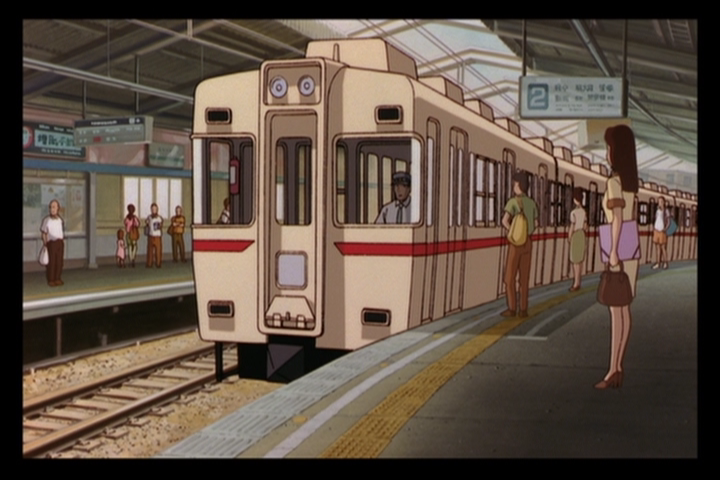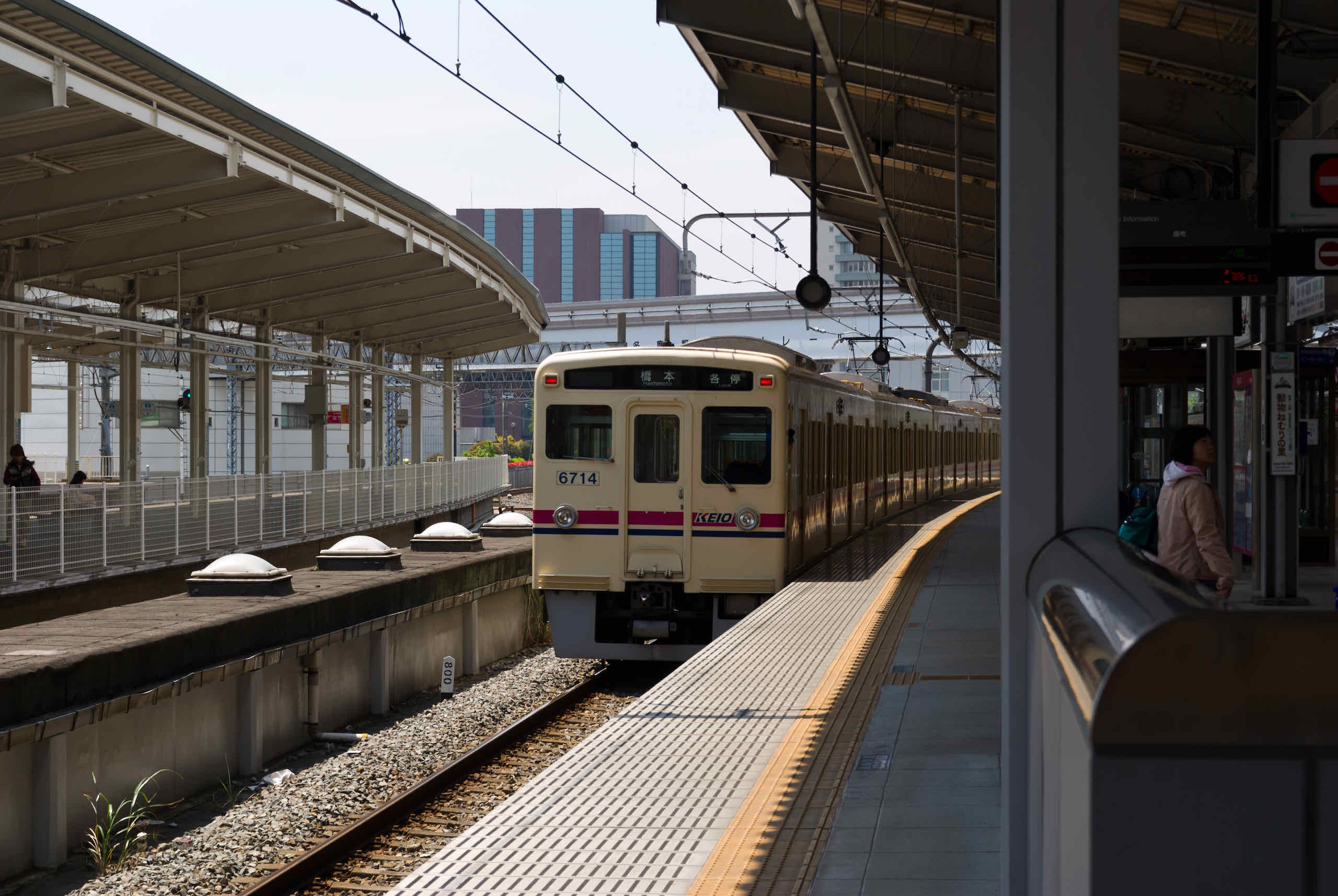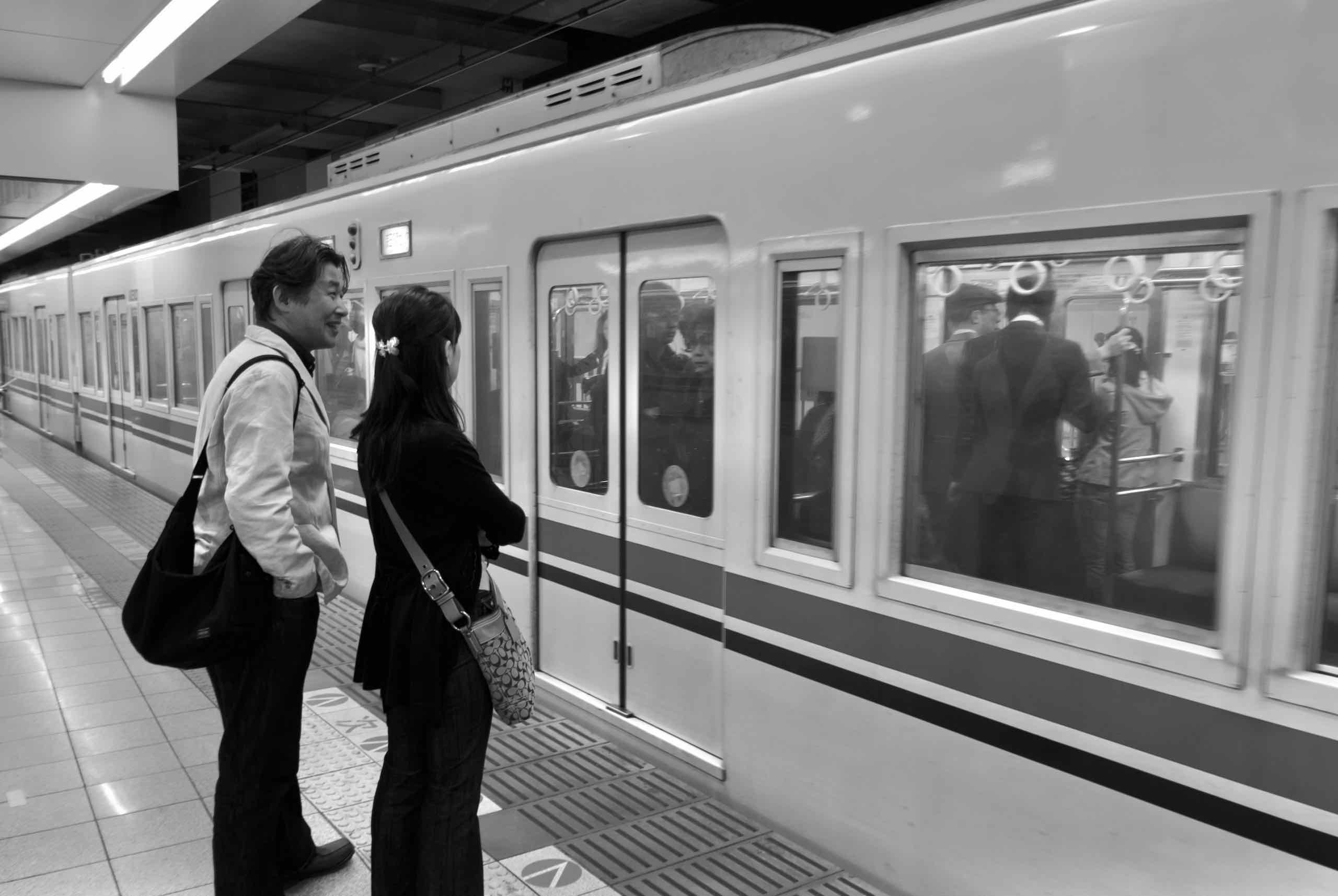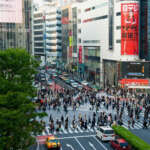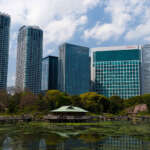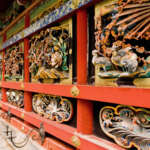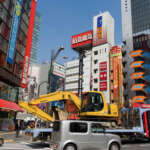Japan: Trains
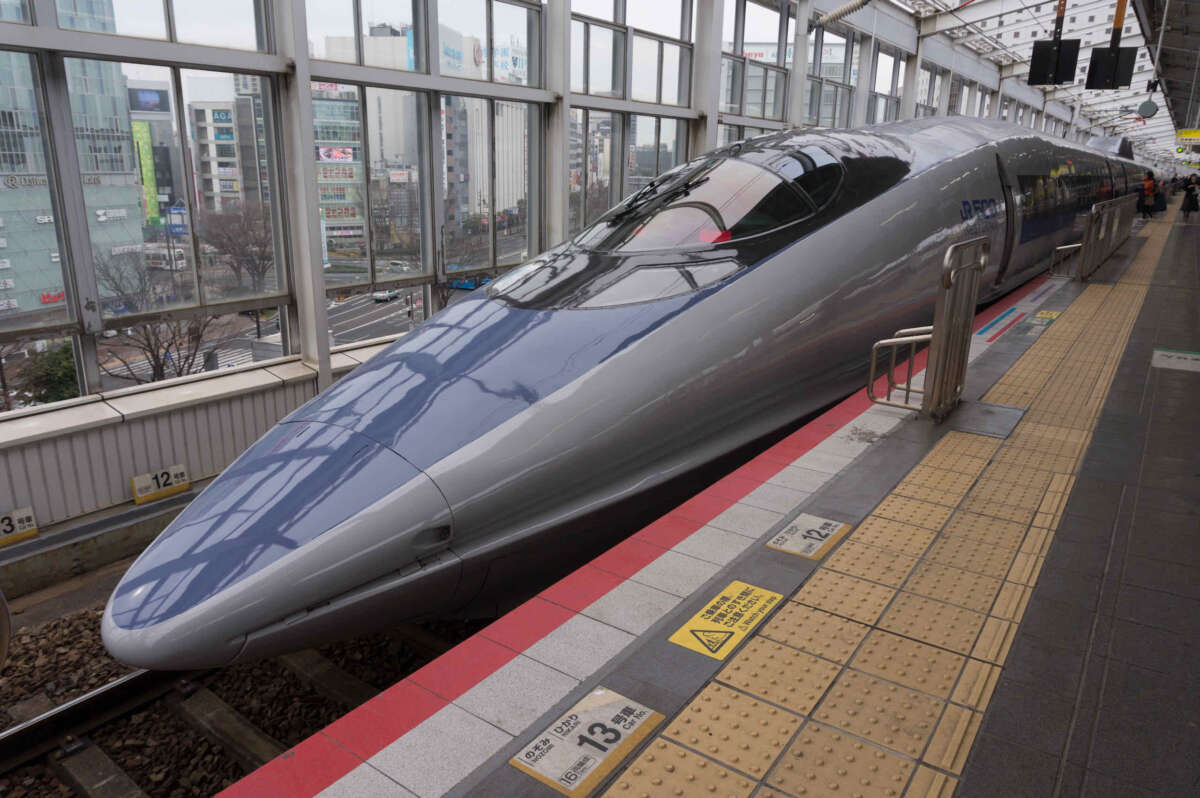
Mention Japan, and a lot of people will associate it with Shinkansen (bullet trains). Trains of various kinds are a major mode of transport both within and across cities.
Trains were introduced comparatively recently in Japan, during the period following the Meiji Restoration, when Japan reopened its borders after 250 years of self-imposed isolation and embarked on a modernisation programme. Thomas Glover (whose name is now associated with the Glover Garden in Nagasaki) imported a steam locomotive engine (“Iron Duke”) and demonstrated it in Nagasaki.
The first rail line opened between Shimbashi (“New Bridge”) in Tokyo to Yokohama in 1872. The network expanded rapidly via a number of rail companies and by 1895 rail became a mode for inter-city transport with the first streetcar in Kyoto, built and operated by the Kyoto Electric Railway.
Because rail was critical to the movement of troops, Japan nationalised the rail system in the early 20th century but allowed private operators to construct light rail lines. The first subway in Asia, the Tokyo Metro Ginza line, opened in 1927. Strategic bombings by the United States destroyed much of the rail network, and after the end of World War II, the Japan National Railways (JNR) was established. In 1987 JNR was privatised and split into seven railway companies collectively called the Japan Railways (JR) group.
Japan was the first country to build dedicated railway lines for high-speed travel. The Shinkansen (新幹線) (in Japanese ‘new trunk line’ or ‘new main line’) was established as a high speed rail network, but this word has since been adopted to refer to the trains themselves. The Tōkaidō Shinkansen (東海道新幹線) began service on 1 October 1964, in time for the first Tokyo Olympics. The Shinkansen has become the symbol of modern Japan – fast, efficient, on-time, innovative.
Over the Shinkansen’s 50-plus-year history, carrying over 10 billion passengers, there has been not a single passenger fatality or injury on board due to train accidents. There has been multiple generations of the trains. The initial series (Series 0) launched in 1964 operated up to a maximum speed of 220 km/h. They were discontinued in December 2008 (so they were still operational when we first visited Japan!). Most tourists on a Japan Rail Pass are limited to using the 300 or 500 series trains. The advanced N700 series (latest iteration is the N700S) can operate up to 300 km/h and are normally more expensive to book.
Our first experience of a Japanese train was boarding the Narita Express in 2008, which took us from Narita Airport to Shinjuku Station. It was a typical intercity train, and wasn’t particularly fast or flashy looking.
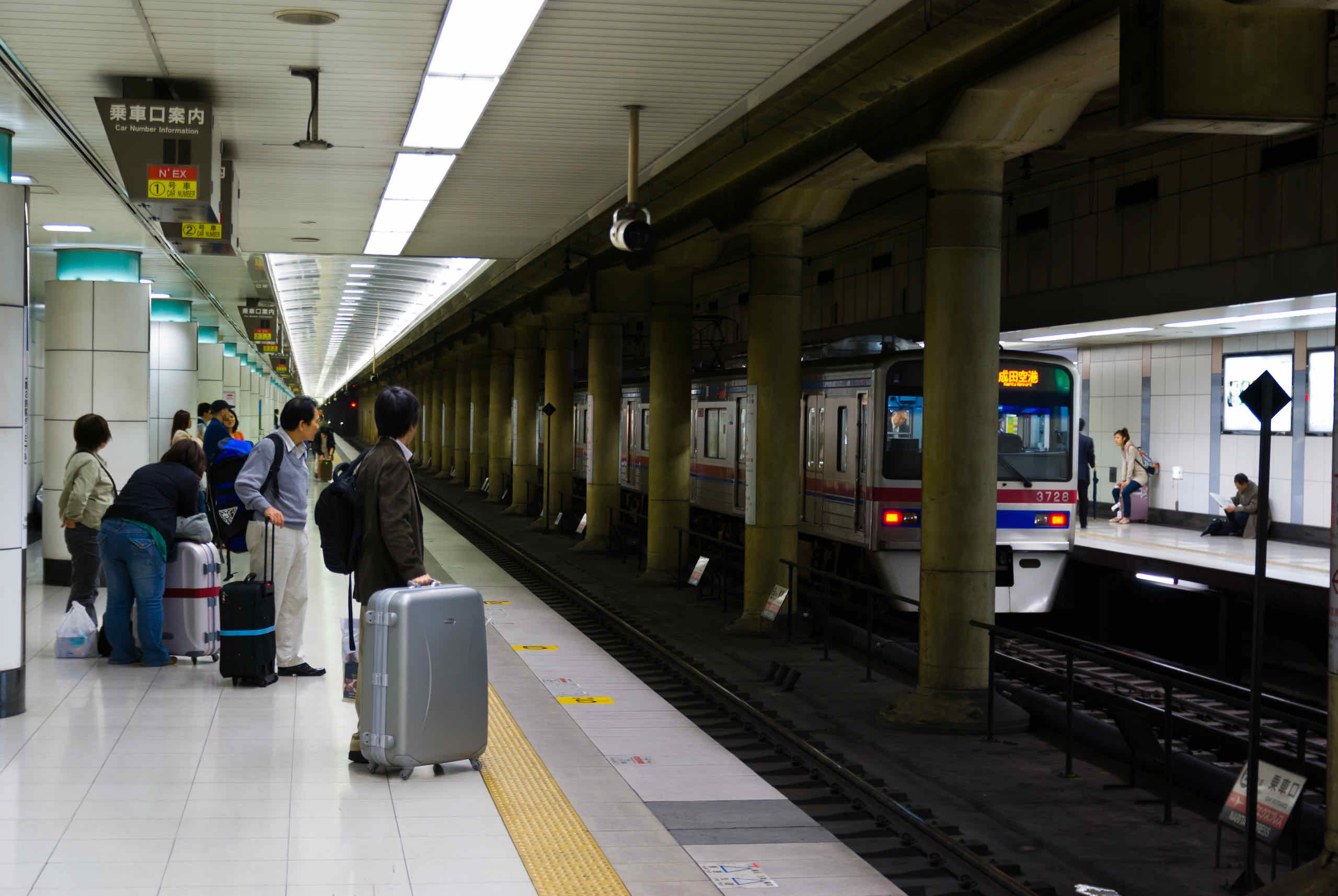
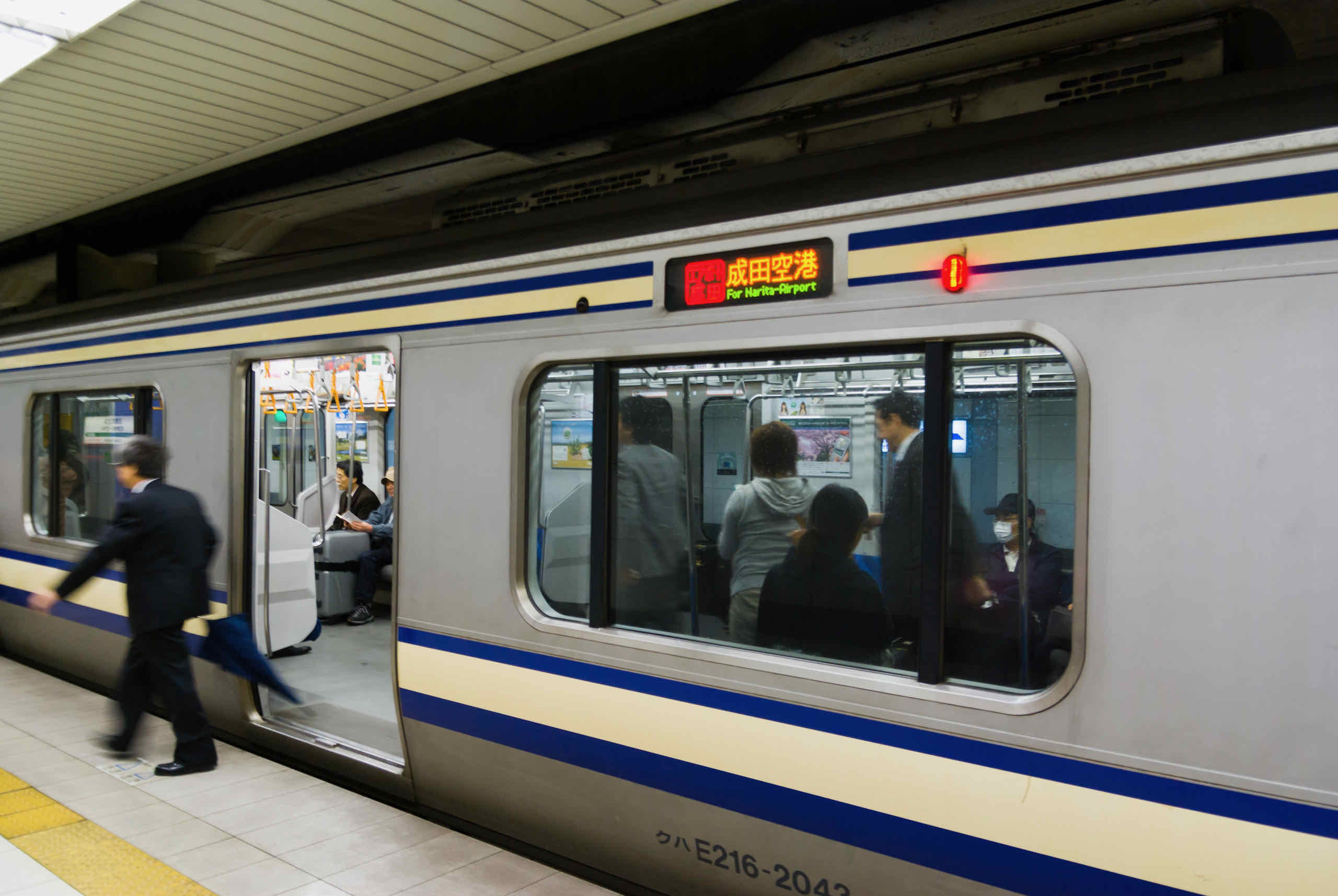
Within Tokyo, we often used the JR Yamanote line, as holders of the Japan Rail Pass can travel on it without paying additional fees.
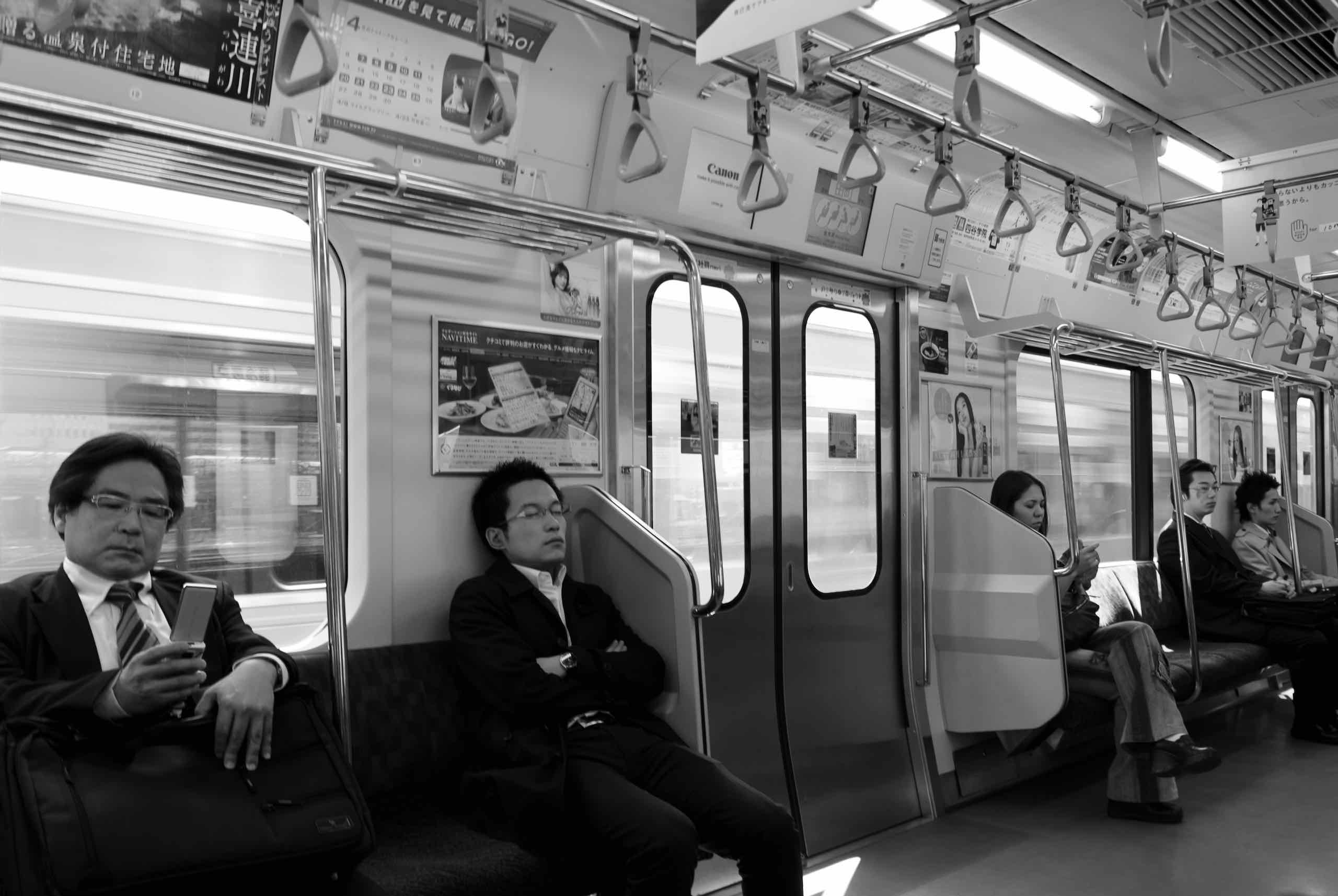
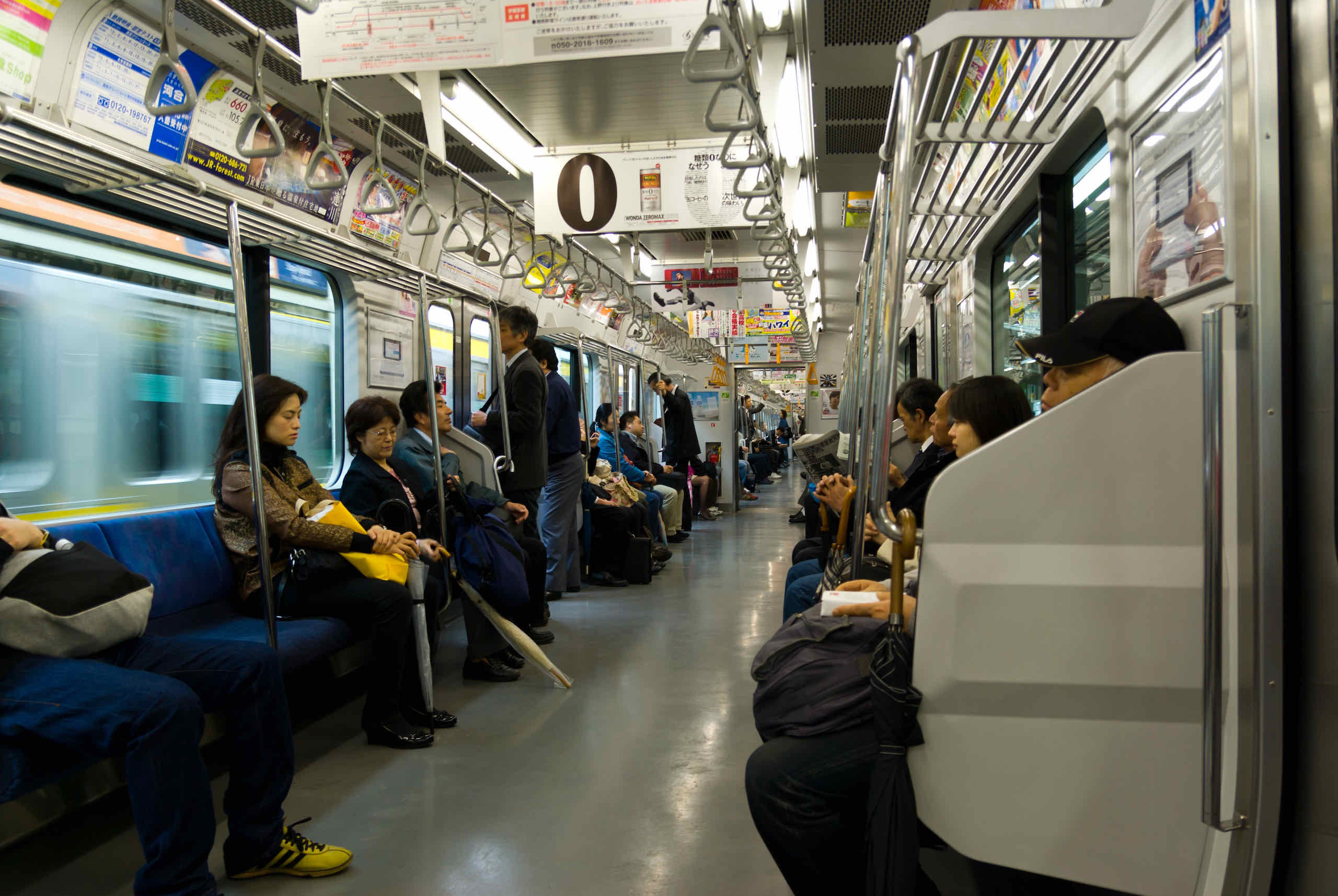
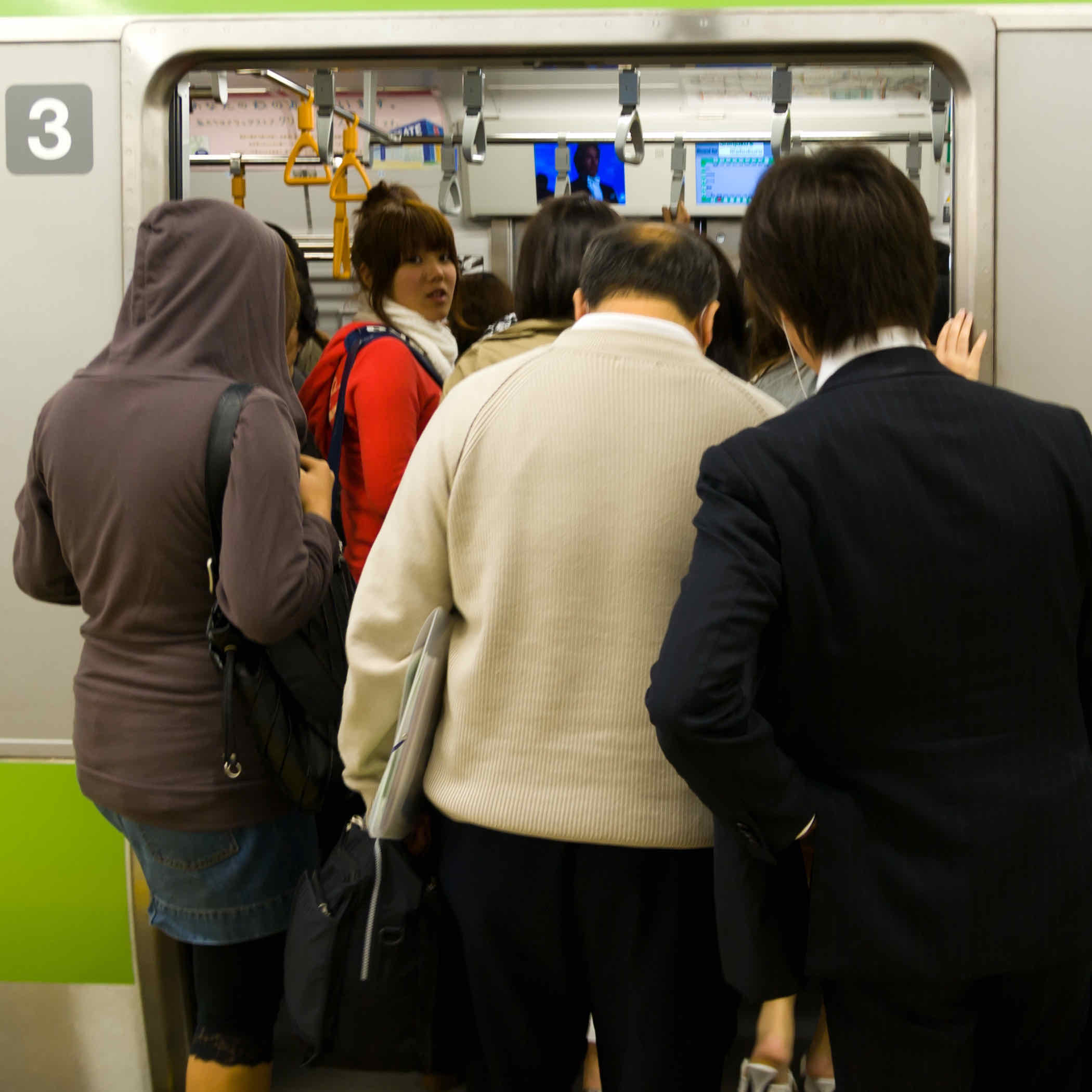
Over the years, we have experienced various Shinkansen trains (including the N700 which we caught once). It’s interesting to see how much sleeker the nose of the later generations are compared to Series 0.
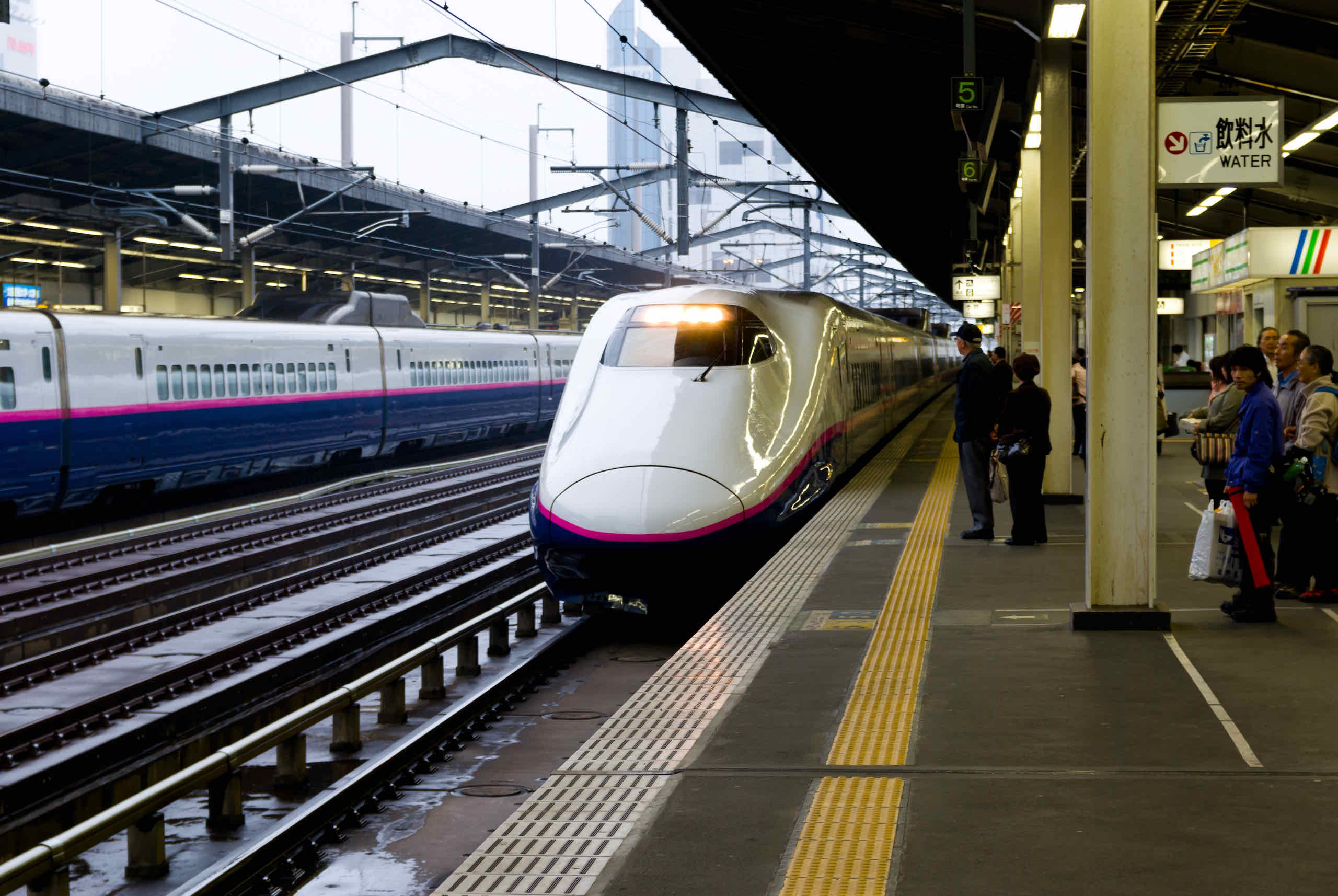
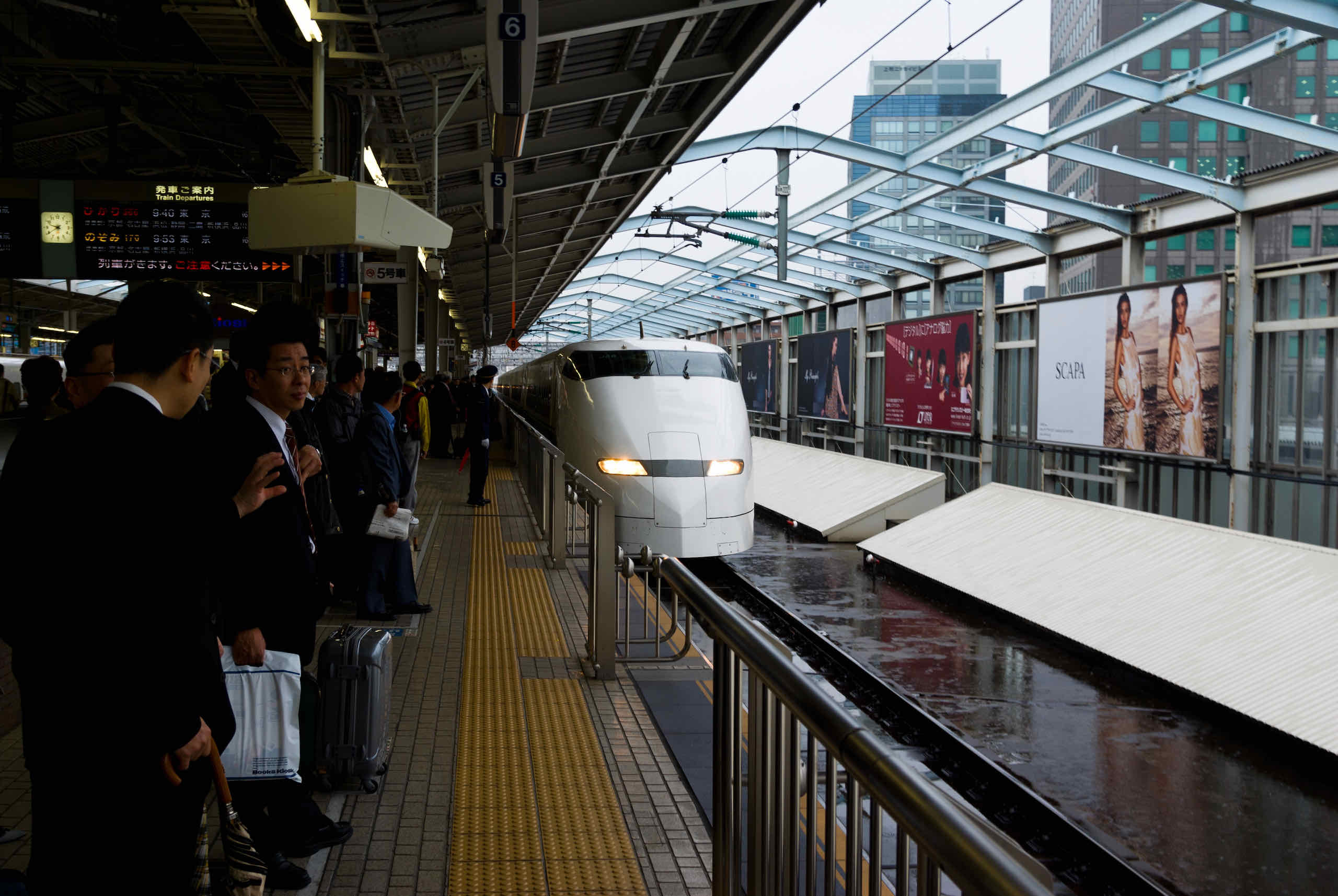
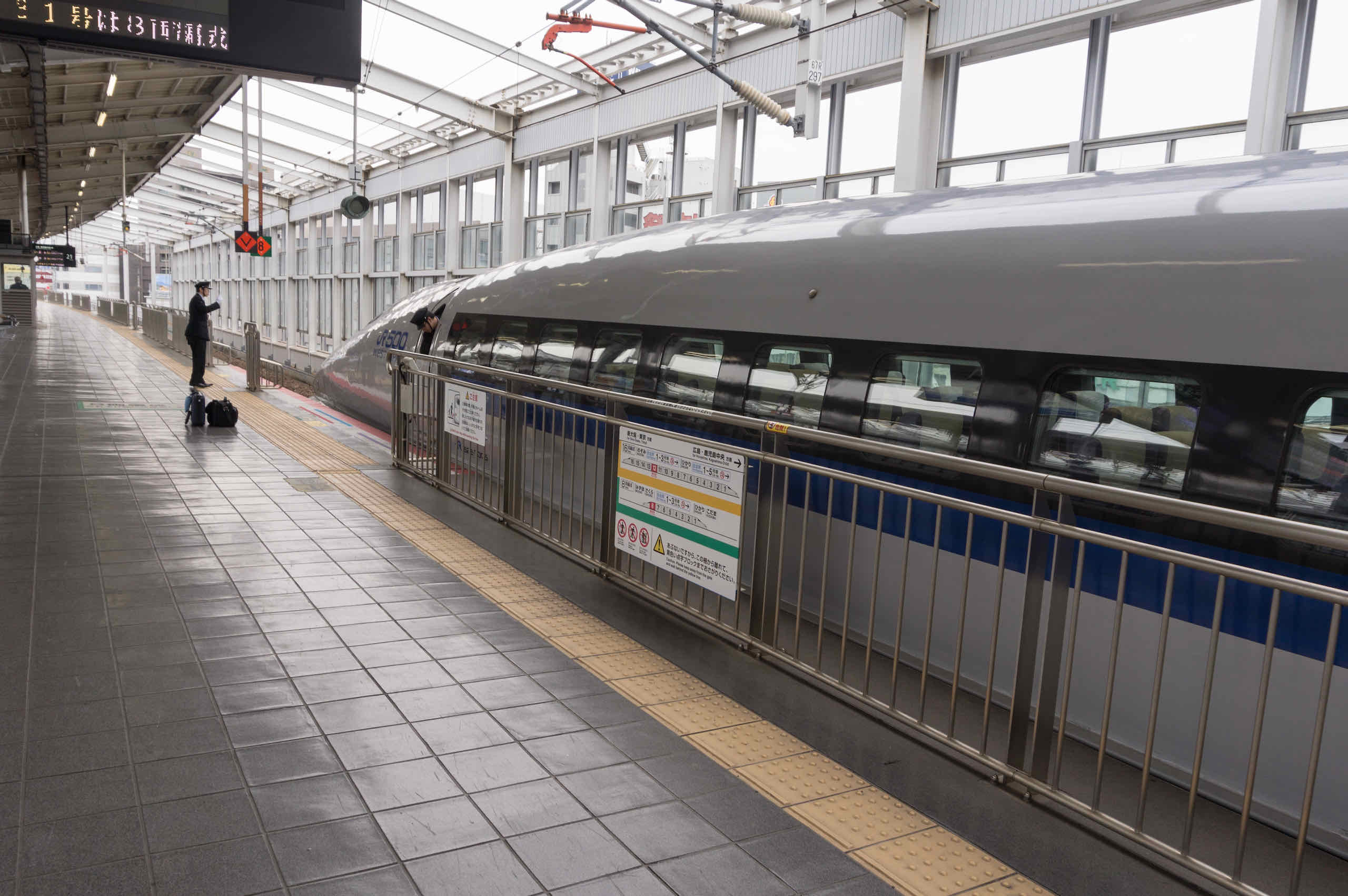
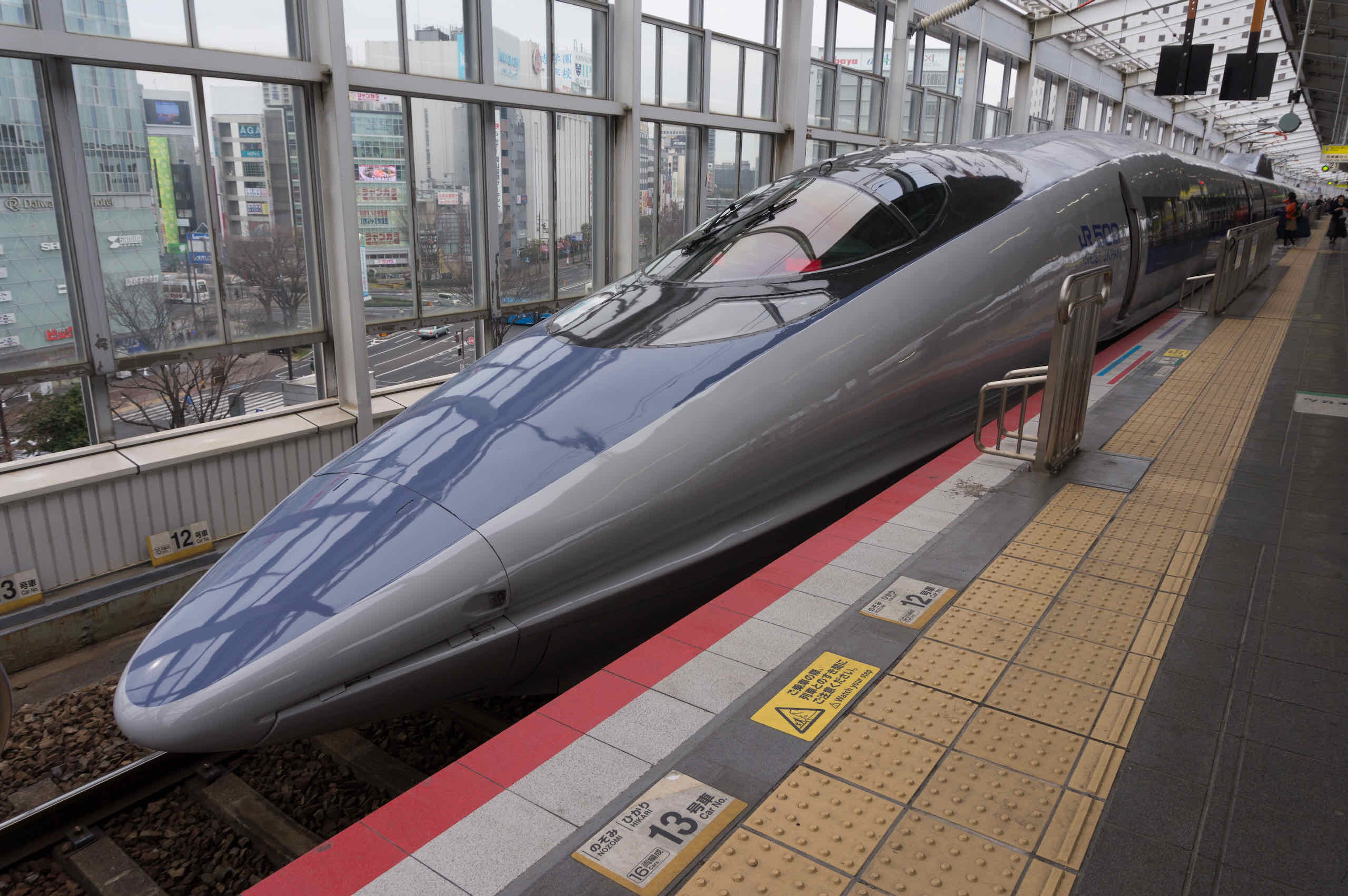
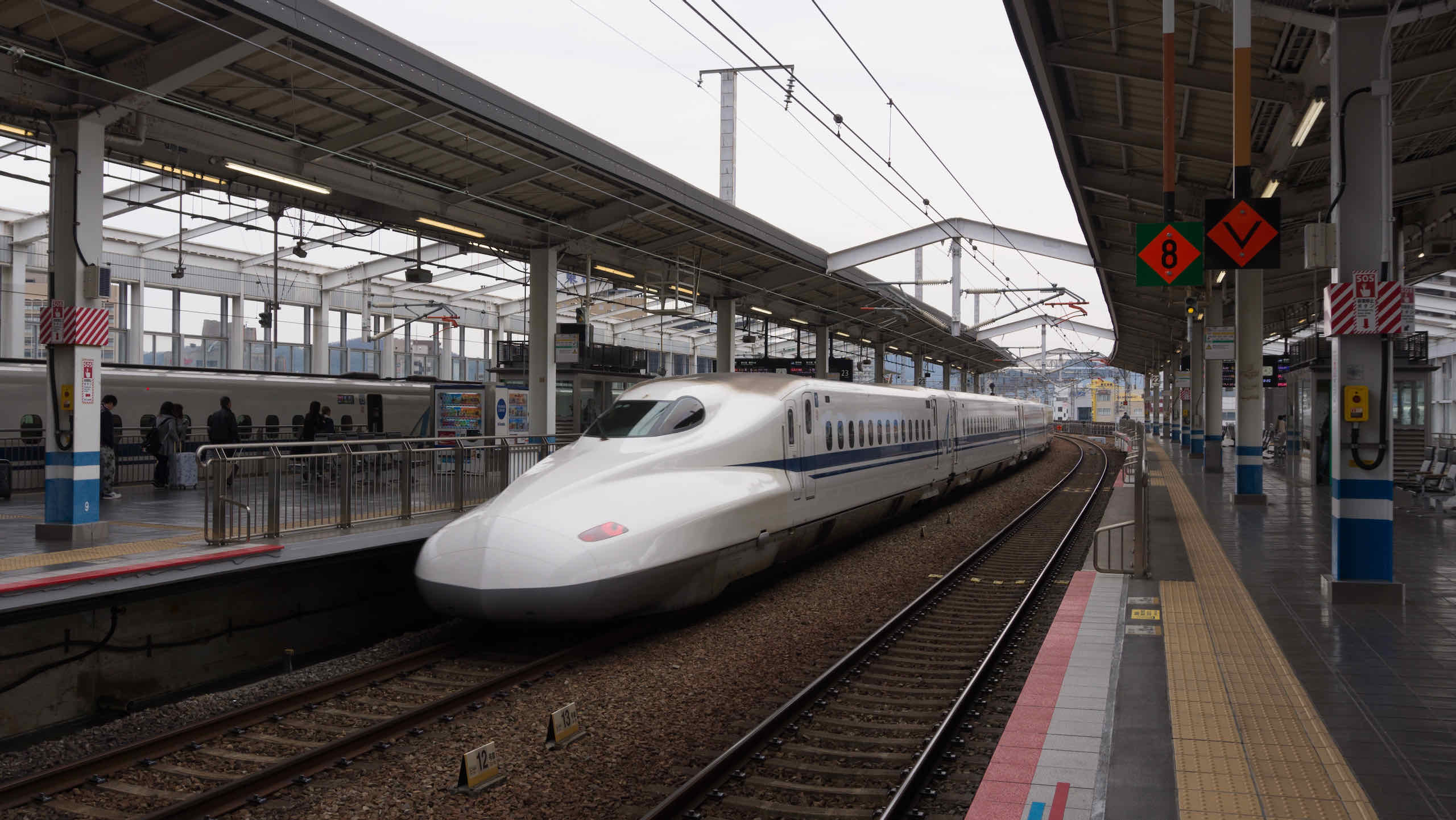
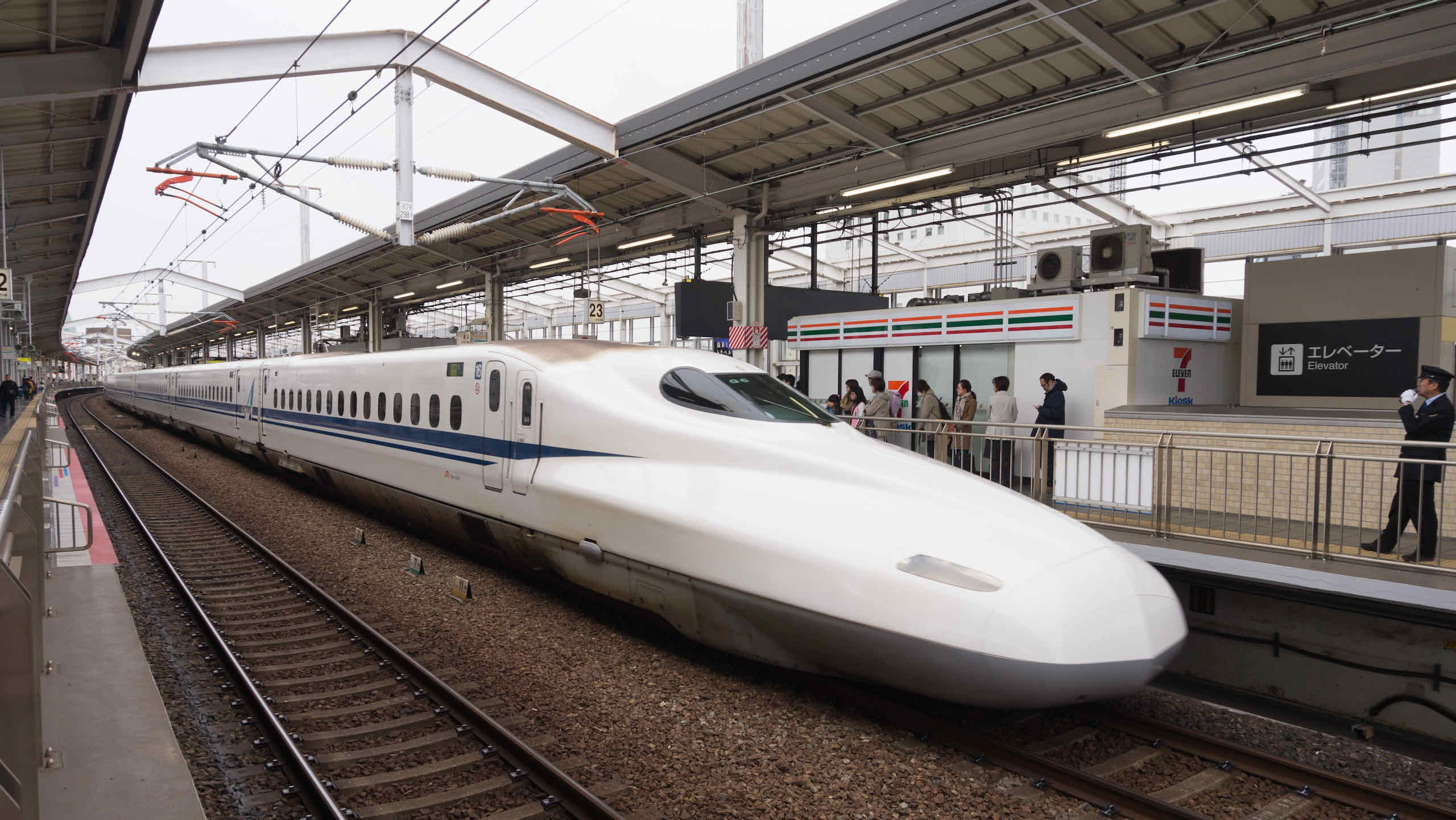
The local trains (and trams) are quite different and can seem quite quaint and perhaps old fashioned. Here are some examples, including street cars in Okayama and Nagasaki.
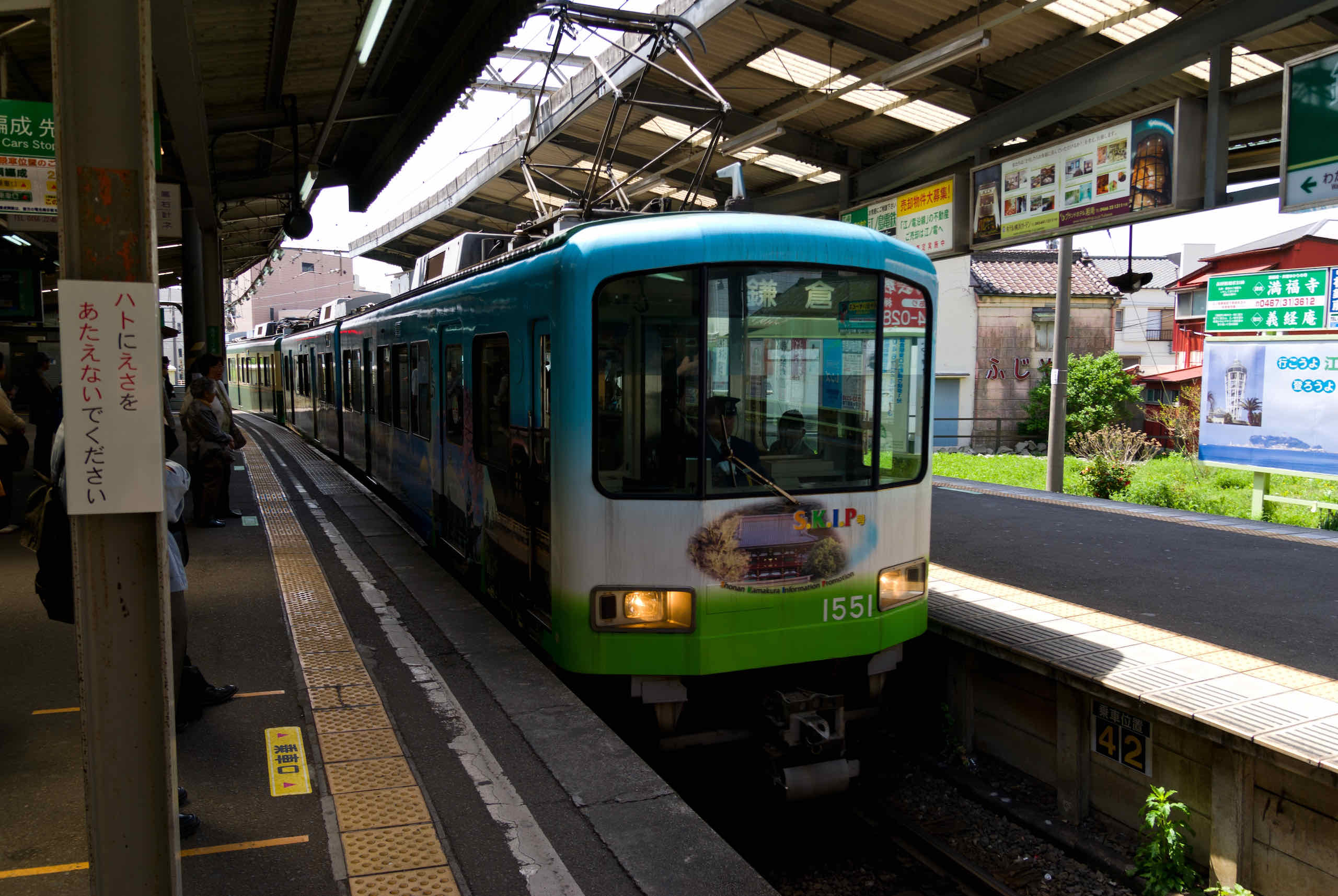
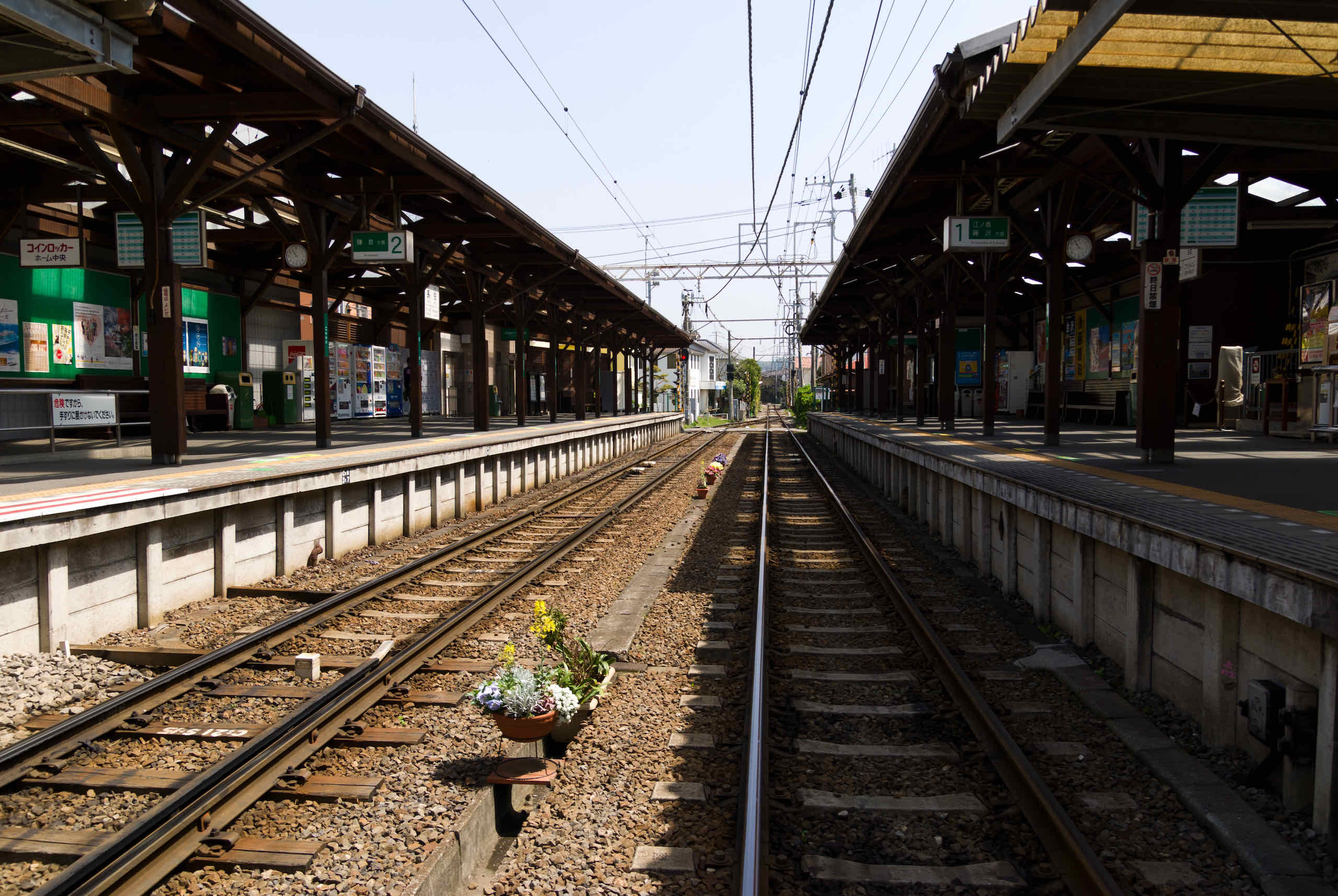
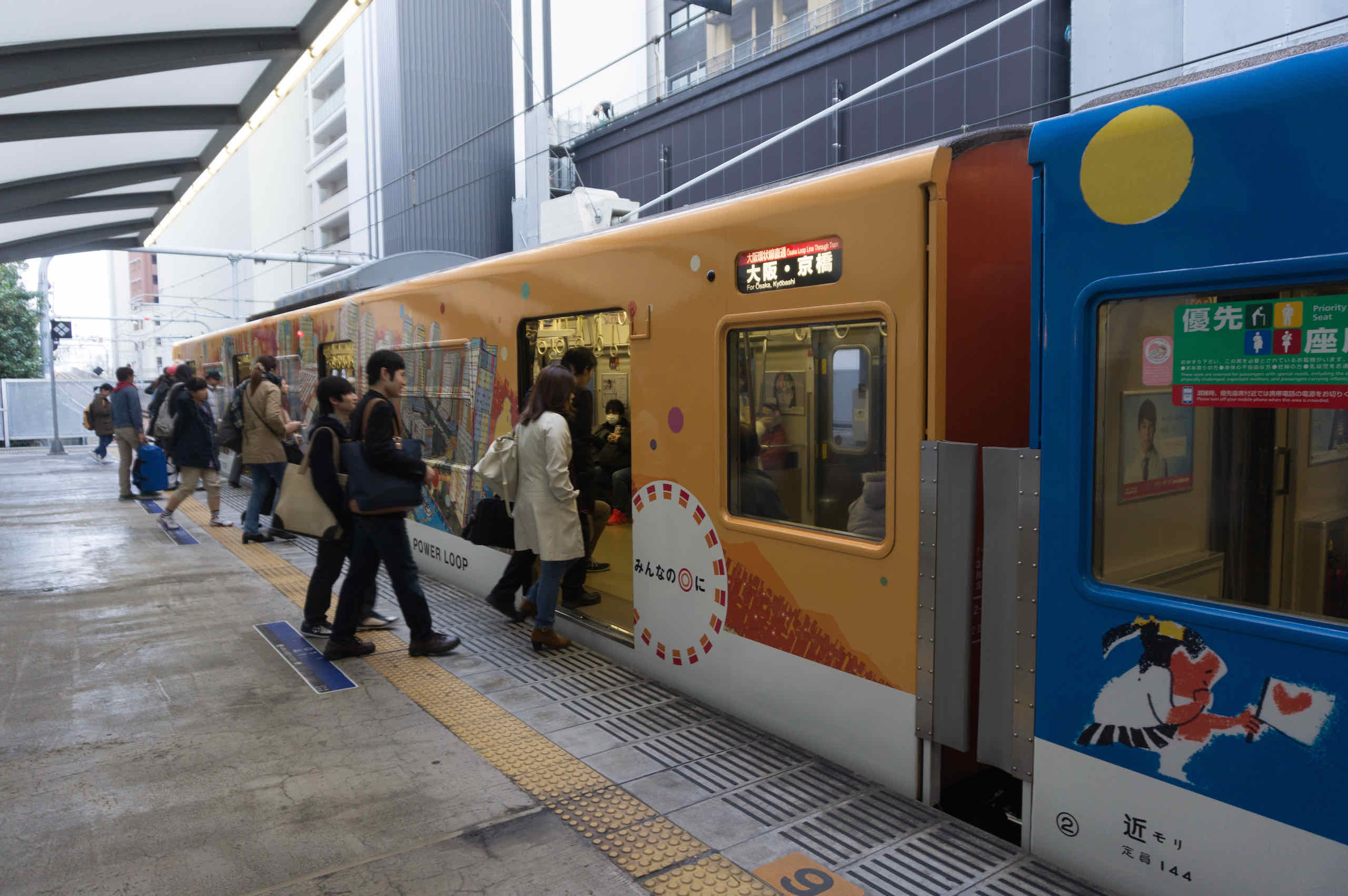
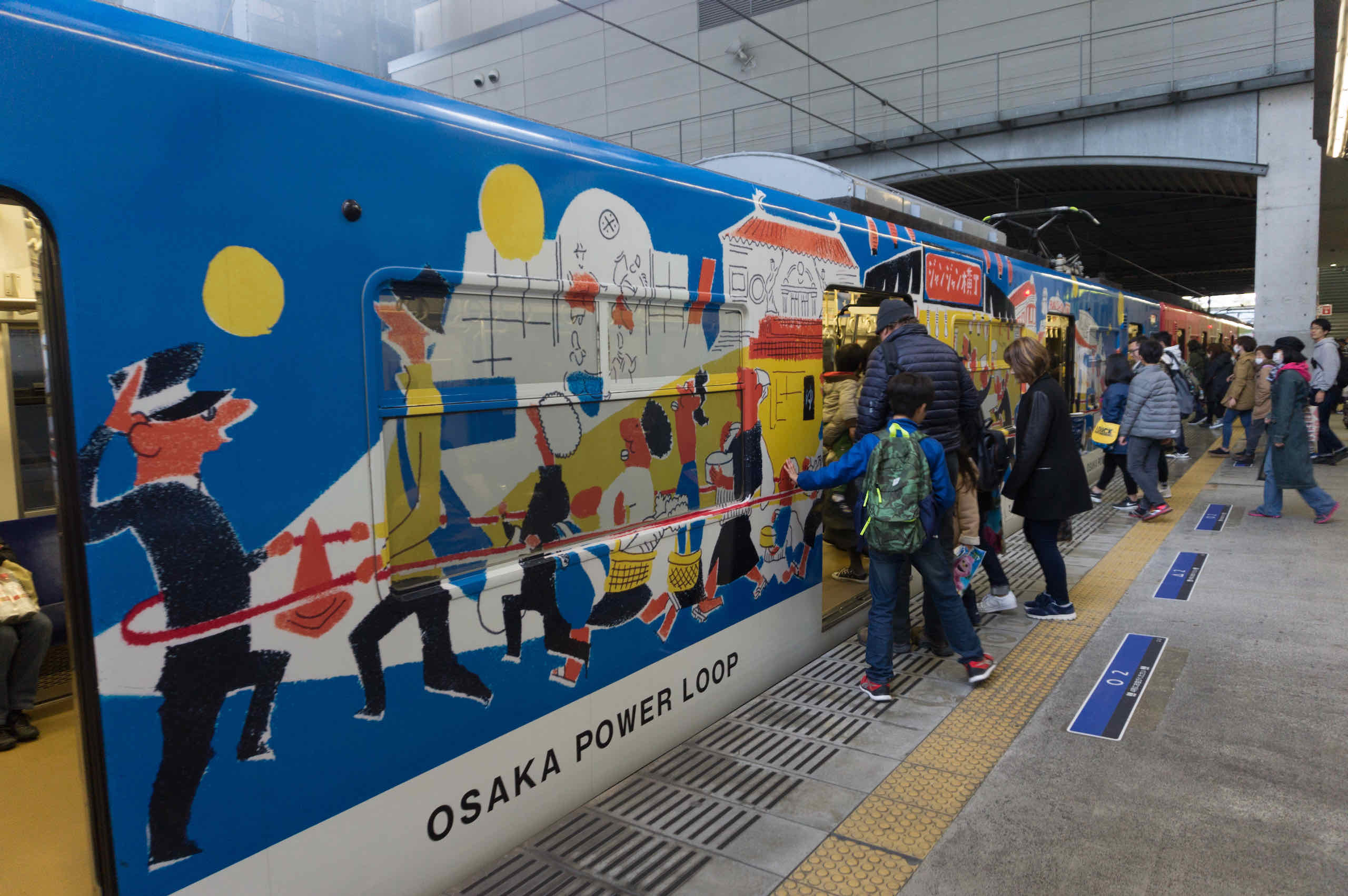
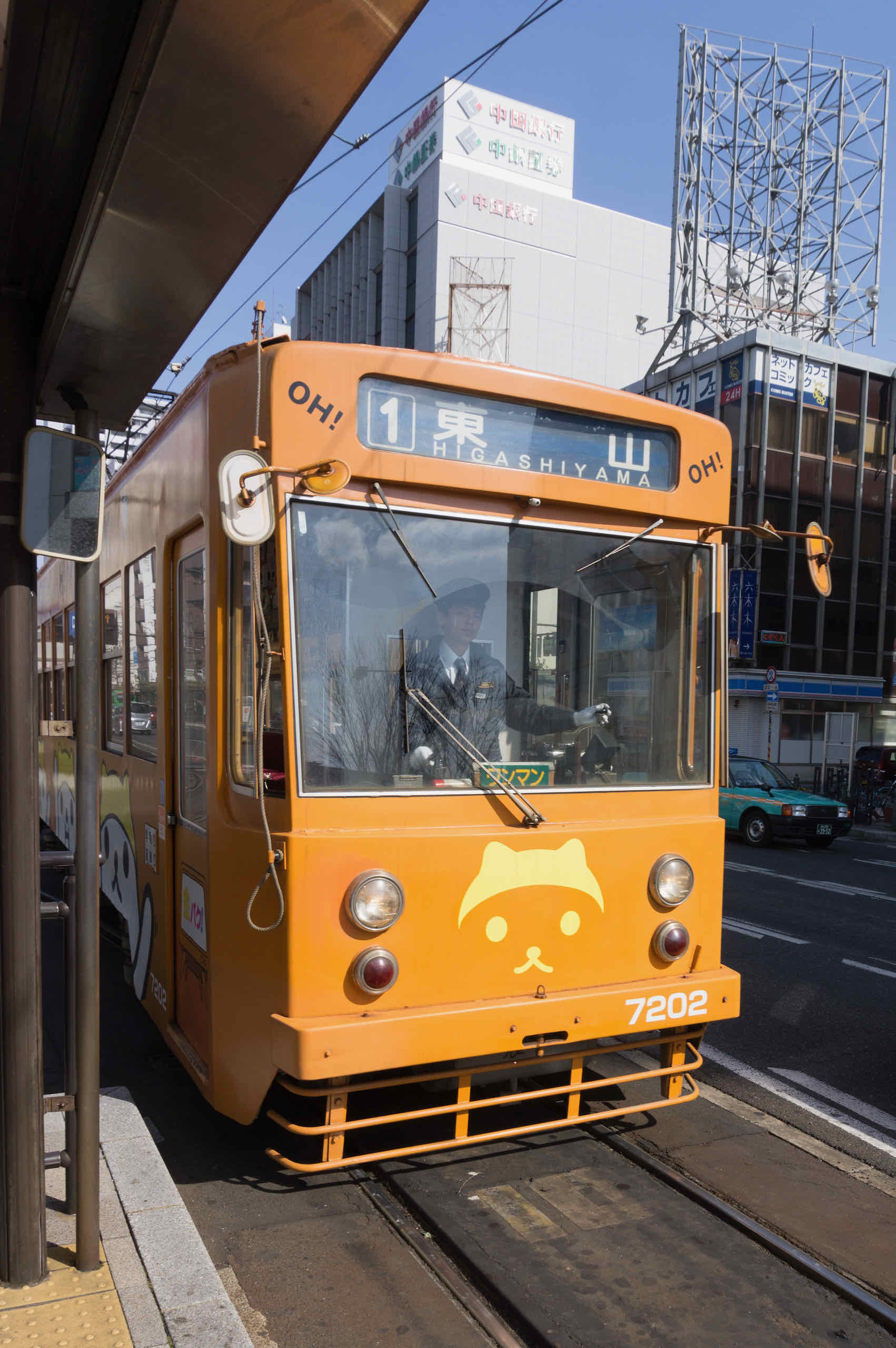
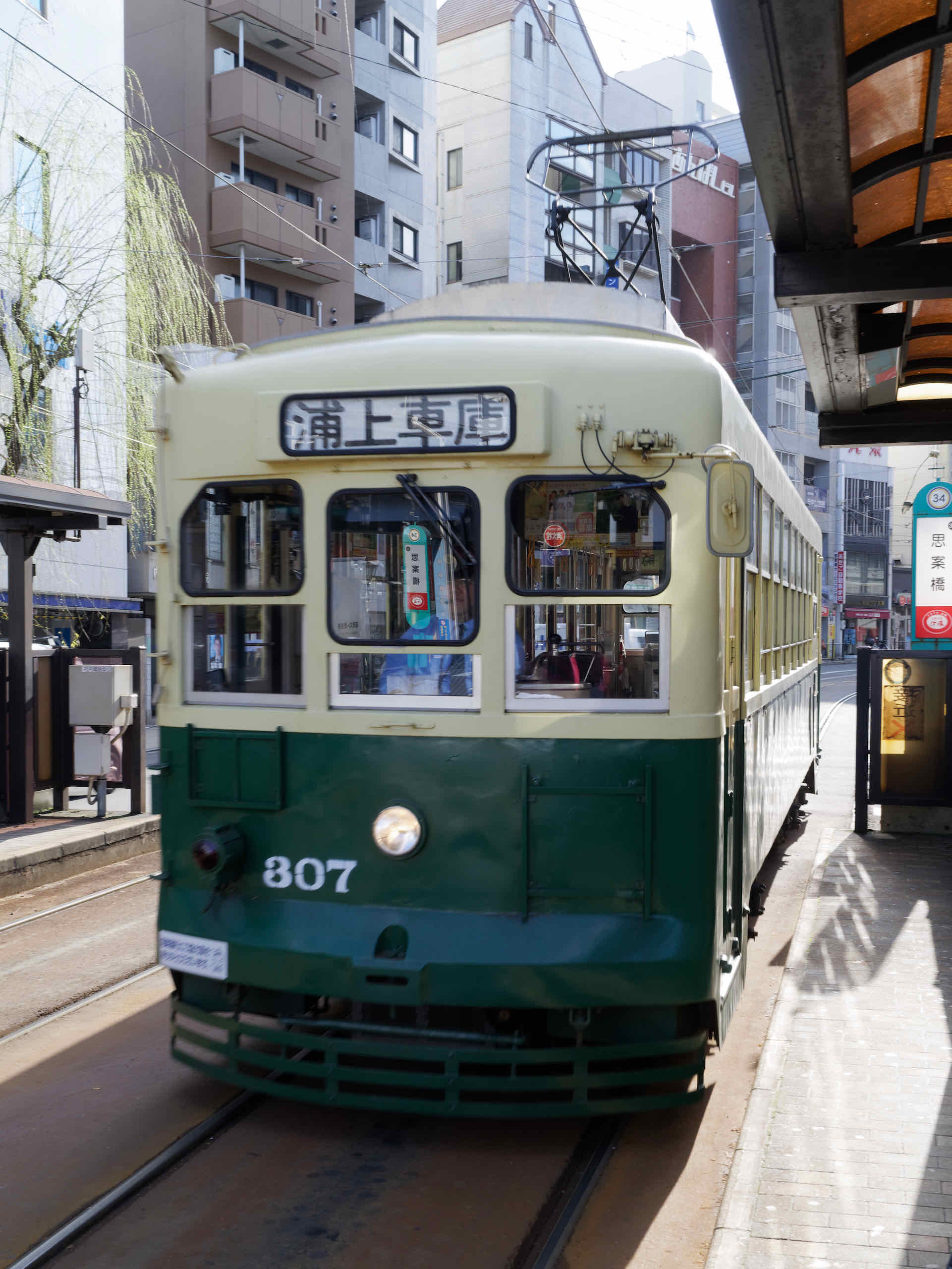
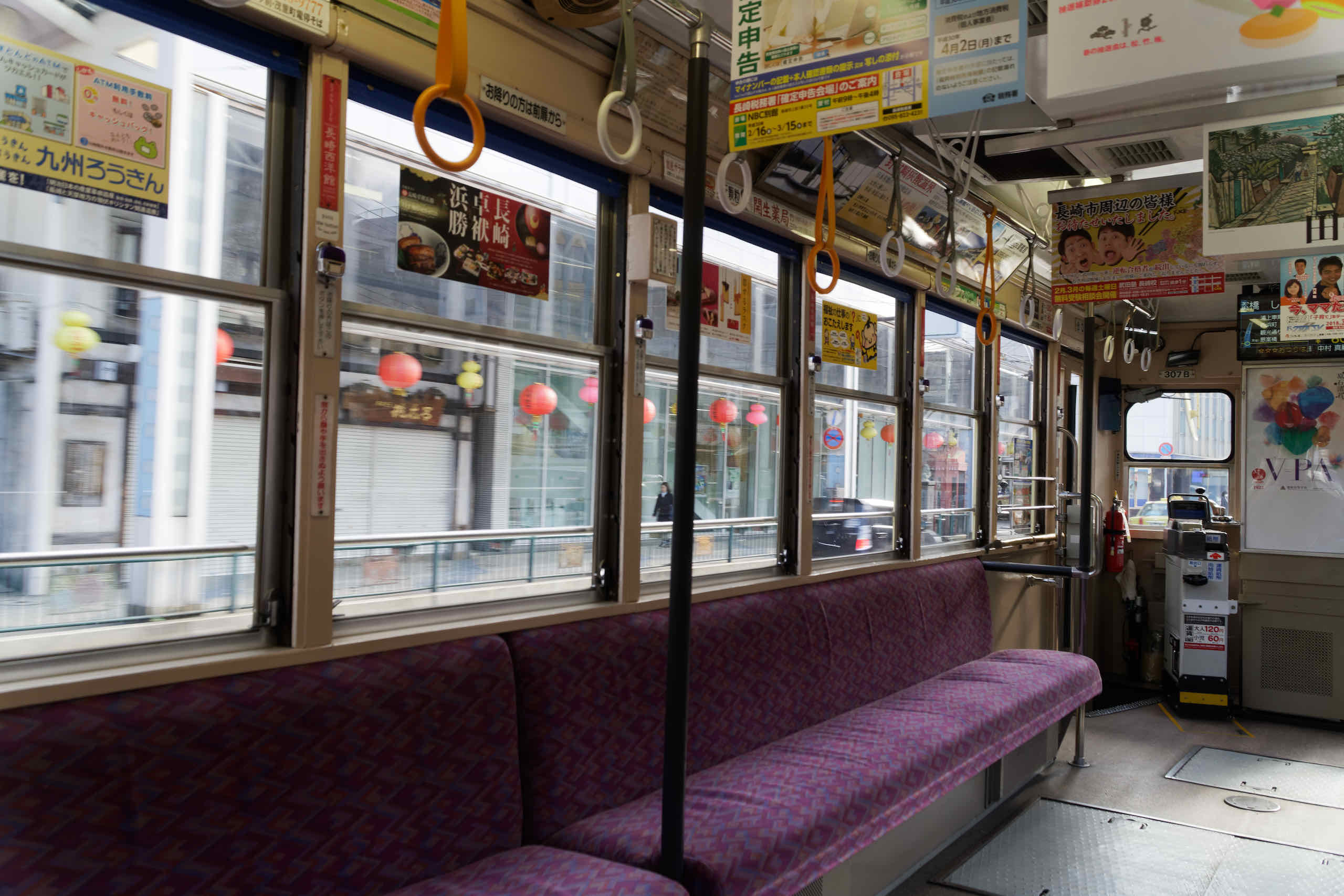
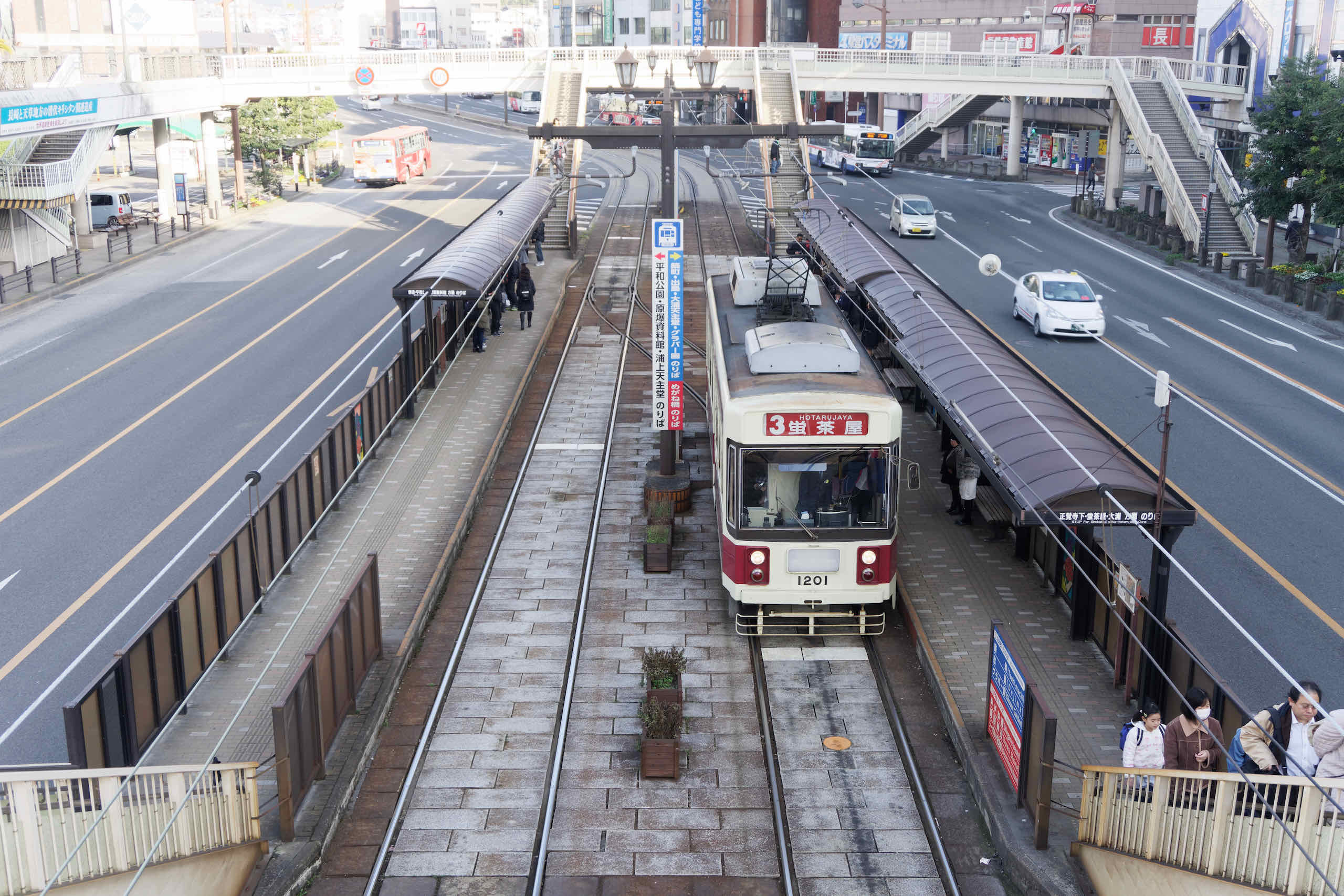
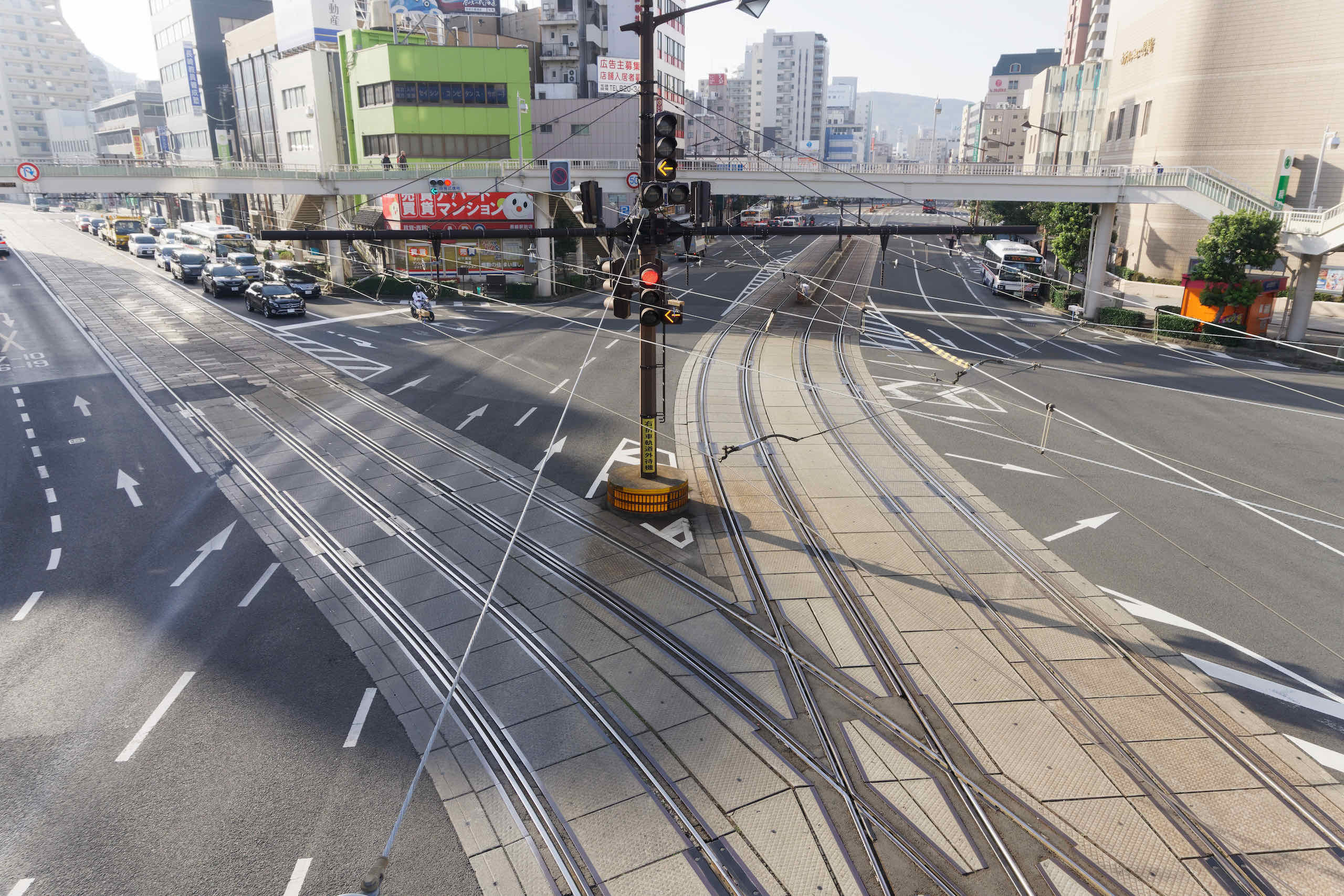
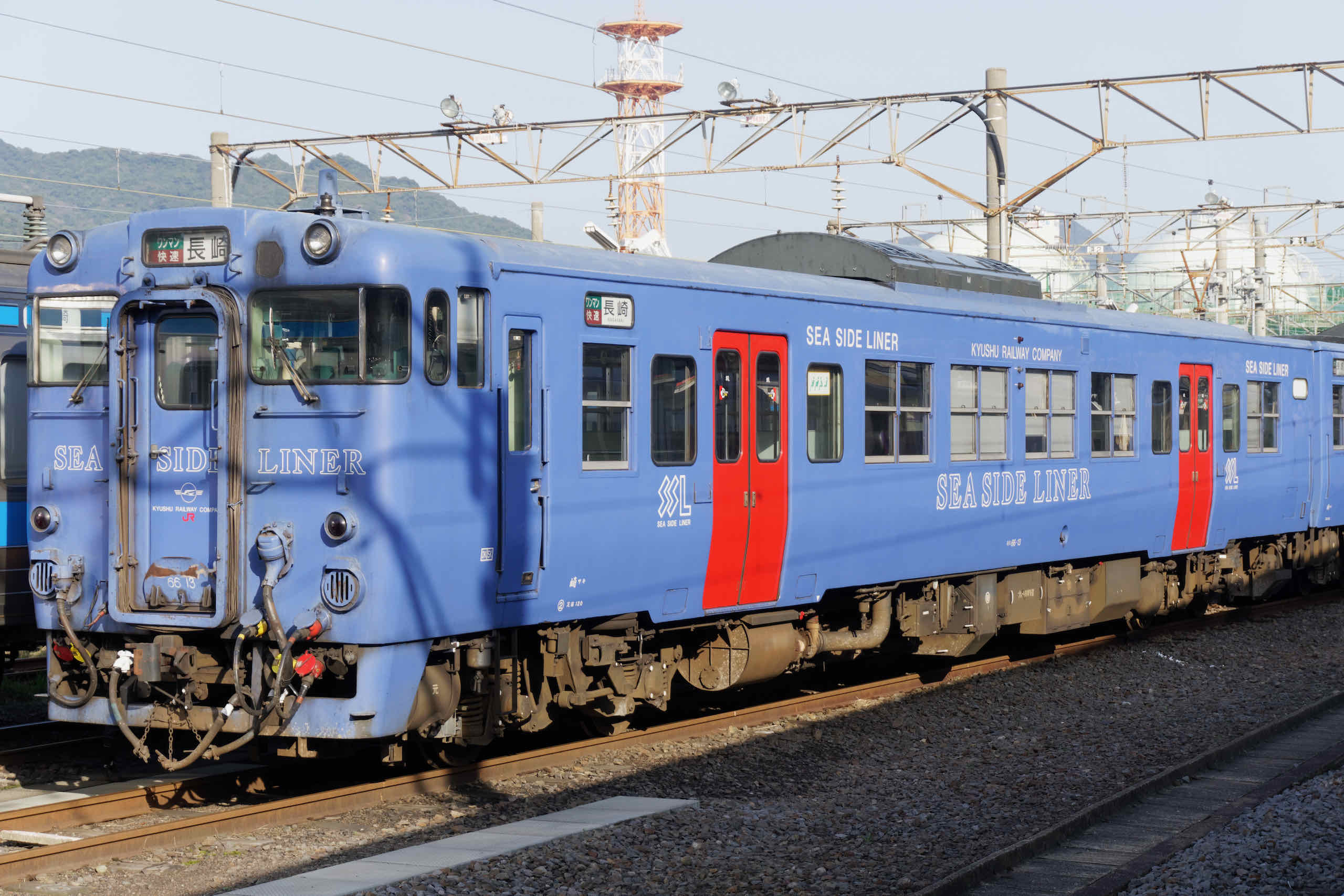
The Keio line to the western suburbs of Tokyo was featured in the Studio Ghibli movie “Whisper of the Heart.”
